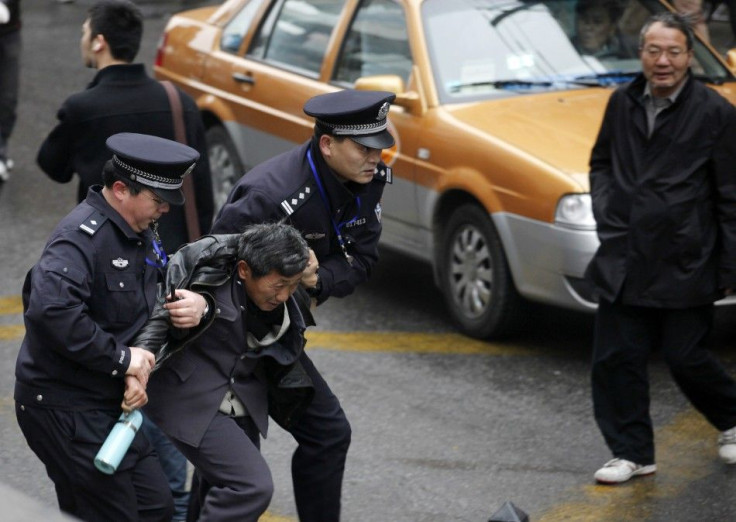China's Jasmine Revolution protests just 1 of 100,000 per year

China has a “systemic weakness” in its governance structure, said Elizabeth Economy, Director of Asia Studies at the Council on Foreign Relations.
Each year, the country faces 100,000 protests, according to her. These public demonstrations of discontent are about varied issues like forced relocation (e.g. for the Three Gorges Dam project), corruption in government officials, and environmental pollution.
The real problem isn’t a specific issue, according to Economy. Rather it’s the inability of the Chinese government to effectively address public discontent.
The Communist regime lacks “transparency, official accountability and the rule of law,” she said.
Moreover, as the country’s middle class grows, there will be greater access to communication technology (i.e. social media websites, cell phones) and expectation for political expression, so the chances of rebellion may be greater.
Economy said it’s a mistake for the Chinese government to think that delivering economic growth is enough to pacify the people; if it were really enough, there wouldn’t be over 100.000 protests per year, she said.
In the wake of the Arab protests, Chinese activists tried to stage their own version of it. However, the Chinese attempt at the Jasmine Revolution quickly fizzled out in a few hours.
Economy said it was cut short due to the swift and heavy-handed action of the police. According to Foreign Policy, the police “rounded up, detained, or placed under house arrest” over 100 people nationwide during its crackdown.
This video from BBC also showed that the police were decisive in clamping down on foreign media.
While the Chinese government was successful in stamping out the unrest this time, deep issues remain.
“The Jasmine Revolution in China has yet to flower, but it seems clear that the roots have been planted,” said Economy.
© Copyright IBTimes 2024. All rights reserved.




















